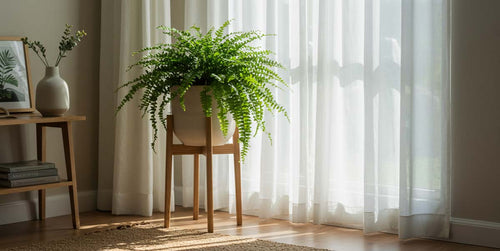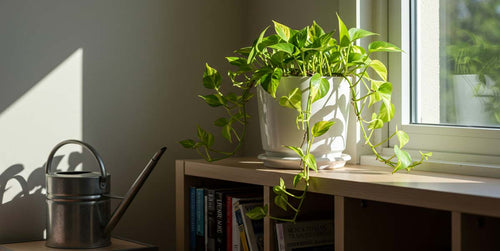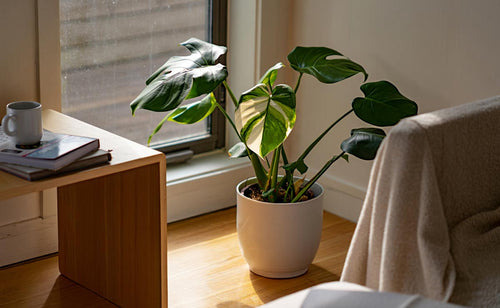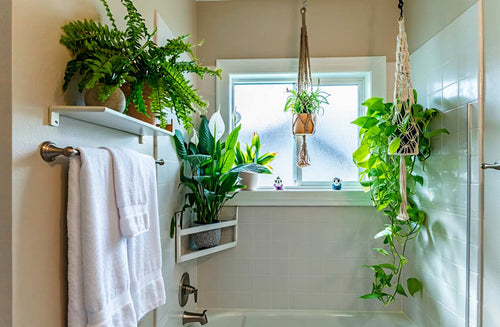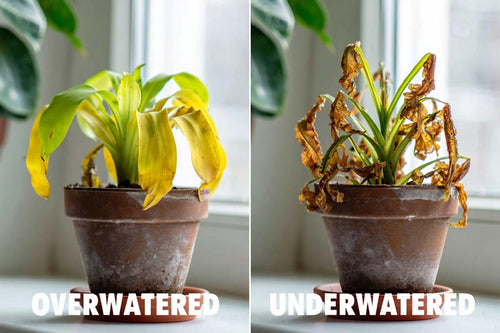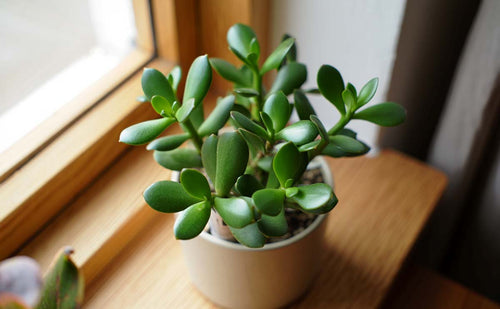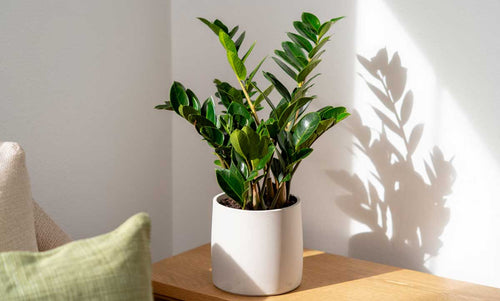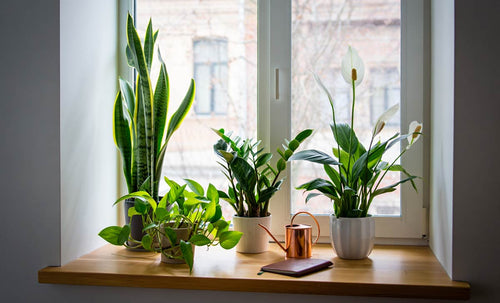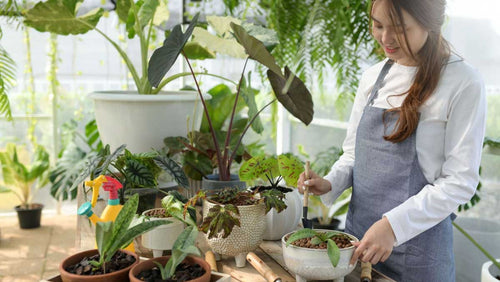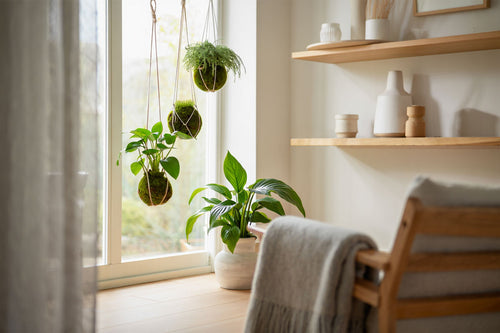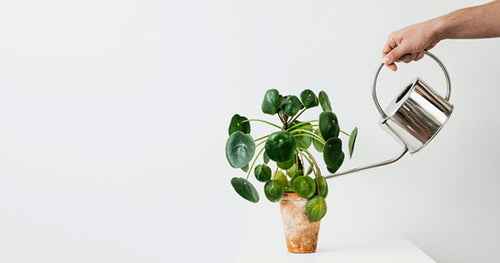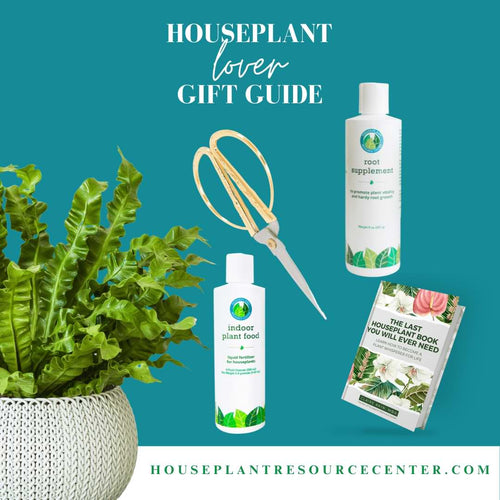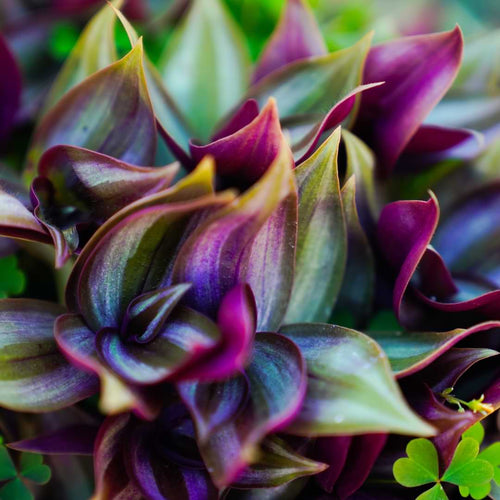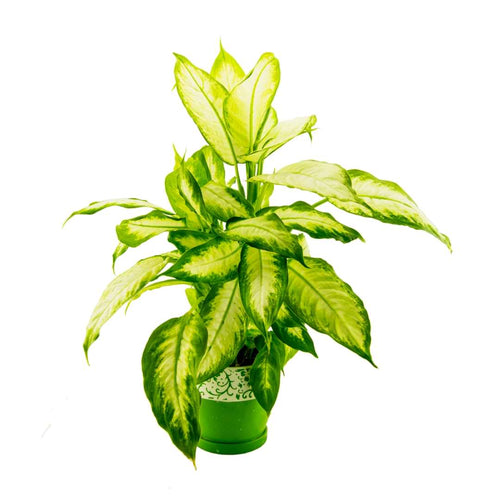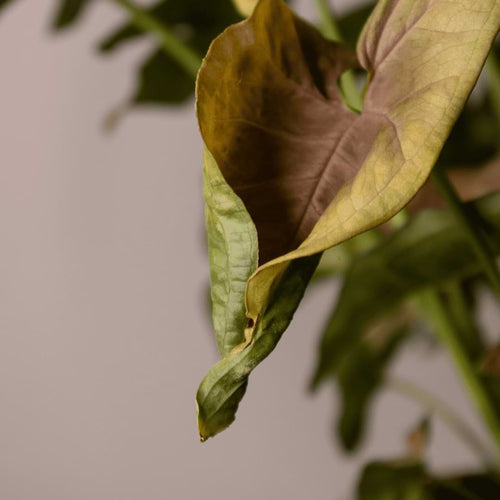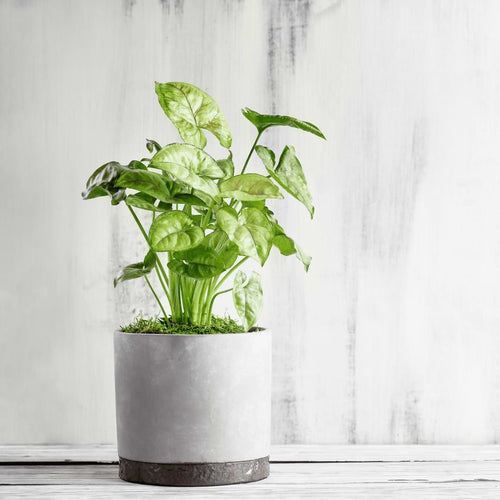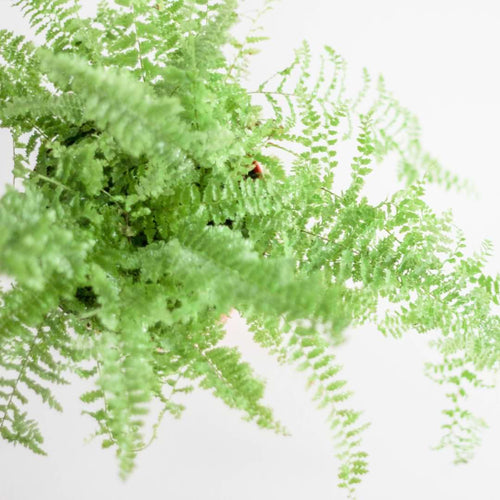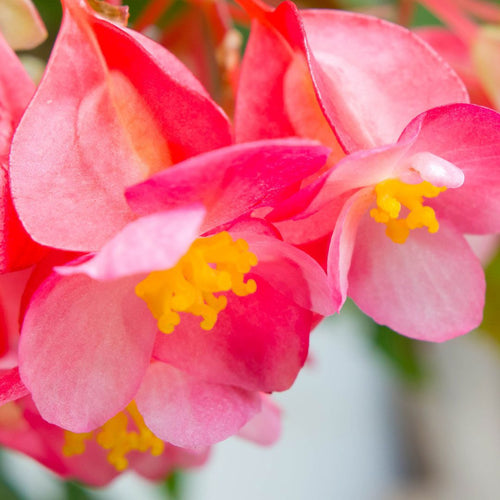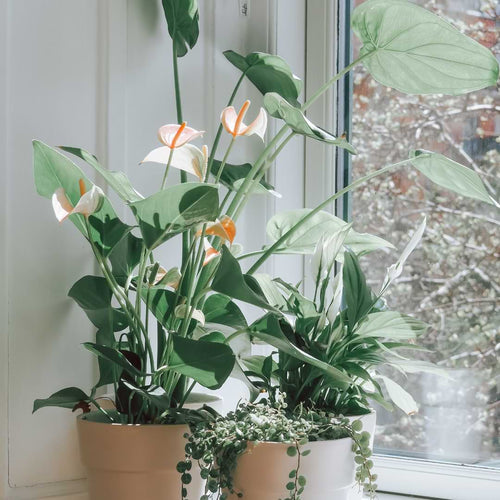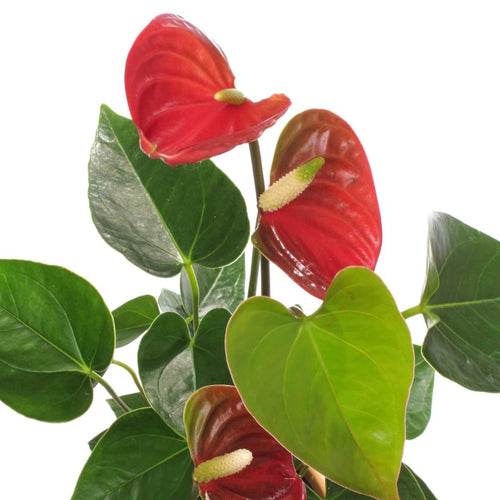Watering Indoor Plants While Traveling
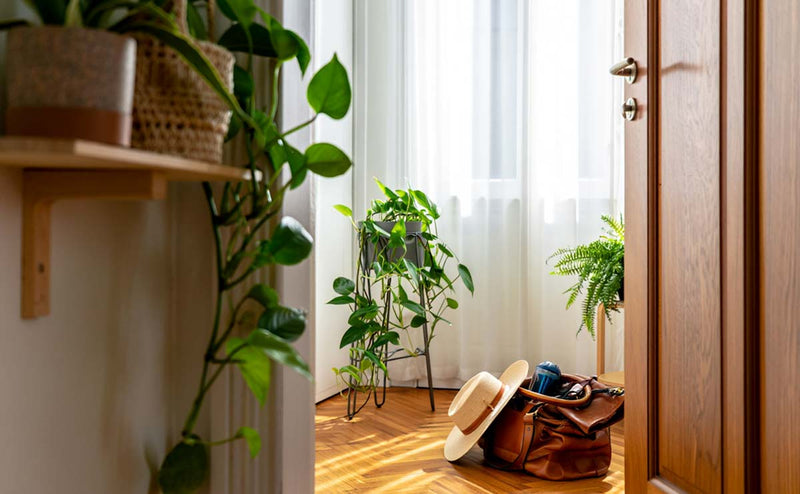
Anytime I plan a trip, my houseplants are part of my packing list even though they’re not coming with me. I used to get home to crispy edges, sagging leaves, or soil so dry it acted like a sponge. I’ve made a lot of mistakes by either overwatering before leaving or forgetting to prep at all. Over the years, I’ve come up with a simple system that works like a charm, even for my pickier plants like pothos and philodendrons.
Now I can get on a plane or road trip without constantly worrying about what I’ll come home to. August is still deep in the growing season, so my indoor plants need steady attention, especially while I’m gone. Here’s my process for getting them ready, watering the right way, and making sure they stay healthy until I return.
Getting Ready For Travel: Prepping Your Indoor Plants
The first thing I always do is check my calendar and the weather forecast. If I’m going to be gone for more than four or five days in late summer, my plants will need a little setup to keep their moisture levels even. Plants like pothos and philodendrons handle brief absences well, but consistent care makes all the difference in how happy they look when I return.
I always start with a review. I walk through each room and check:
- Which plants dry out the fastest (especially those in terracotta pots)
- Who’s looking thirsty already
- Which ones I’ve recently watered
- Any pots that might be overdue for a soil refresh
This keeps me from overwatering anyone just because I’m rushing to leave. For example, I check the pothos near the window. They tend to dry out faster than the philodendrons hanging in a low-light corner.
Then I make sure I have everything I need. Here’s my quick travel prep checklist:
- Watering can with a long spout
- Clean pair of scissors or pruning shears
- Soil moisture meter (not required, but so helpful)
- Watering spikes or self-watering systems, if I’m using them
- Indoor-safe fertilizer for that last feeding before I go
I top off any plant that’s just below halfway dry. If a plant is sopping wet, I leave it be even if I’ll be gone a full week. Overwatering right before you leave is one of the quickest ways to cause rot. When it’s really hot outside, I group my plants together, especially if they're smaller. The shared humidity keeps things a bit more balanced and benefits everyone in the cluster.
One quick tip I’ve learned: I gently rinse and prune my plant leaves before I leave, especially on philodendrons. Clean foliage means they’ll do a better job of photosynthesis while I’m gone, and they’ll look refreshed.

Watering Techniques For When You're Away
Once my plants are checked and pruned, I move on to planning how they’re going to keep getting water. There are a few simple systems I’ve tried, and each one depends on how long I’m gone and how picky the plant is.
- Self-watering planters
If I’m gone for a few days and have enough time to plan ahead, I’ll use self-watering pots. These are great for my pothos and peace lilies especially. I fill the reservoir, make sure the wicking system is working, and test it the day before I leave. - Watering spikes and globes
These are my go-to when I’m short on time. I fill a spike or globe with water, then stick it into the soil. It slowly releases moisture. This works well on medium pots but not so great for smaller containers, where it can overflow the top. - DIY wicking system
For plants that need a steadier supply of water, I set up a homemade wicking system. All I need is a small bowl of water and a cotton string or shoelace. I place the water bowl a few inches higher than the plant’s pot, run the string from the water to the soil, and it draws just enough moisture over time.
I usually skip any of these tricks for my snake plant. That one gets a proper soak before I leave, and that’s it.
If I’ll be away for over a week, I combine these watering setups with indirect light relocation. More on that in the next section.

Adjusting Plant Care Before You Leave
Right before I head out on any trip, I give my plant routine a small tweak. I don’t do anything extreme. No repotting, no heavy fertilizing, and definitely no last-minute soil changes. What I do focus on is adjusting the light, grouping certain plants together, and making sure my watering schedule is timed just right.
One thing that’s helped me is moving light-sensitive plants away from bright, sunny windows. Those can dry out soil much faster, especially in August. I shift my pothos, philodendrons, and smaller ferns a few feet back or place them in light filtered through a curtain. That softens the blow from summer heat while I’m gone.
I also group plants with similar moisture needs. For example, I keep all my pothos and heartleaf philodendrons together. Both tend to thrive in similar humidity, and when placed close together, they help create a tiny microclimate. If I have a humidifier, I might set it on a basic timer near this grouped corner just for an energy-saving boost.

Here's a breakdown of what I usually do when prepping my indoor jungle:
- Move high-maintenance or moisture-craving plants away from direct sun
- Group small or young plants with similar watering schedules
- Place containers on trays filled with pebbles and a little water to bump up humidity
- Turn off any fans that could dry things out more quickly
- Hold off on fertilizing until I’m back, unless it’s a slow-release type I’ve already been using
This routine keeps things steady without shocking the plants. Pothos and philodendrons, especially, appreciate a consistent environment and even come back a bit fuller when I’ve prepped them well. Once this setup is in place, I can walk out my door more relaxed, knowing I’ve done what I can.
Post-Travel Plant Care Tips
Coming home to healthy plants always feels like a win, but even with a careful setup, I’ve had times where things don’t go exactly as planned. That’s why I always dedicate my first day back at home to checking on them.
I start by giving everything a really close look. Droopy leaves, dry soil, or yellowing usually mean they didn’t get enough water. Even my resilient pothos has gotten a little crunchy at the tips once or twice. I don’t panic. Plants bounce back better with calm, slow steps.

I use this routine after every trip:
- Check soil moisture by sticking my finger in about two inches deep
- Water any dry plants slowly to avoid flooding the roots
- Snip off any crispy tips or yellowed leaves
- Wipe off dust or pollen on leaves with a damp cloth
- Observe for any pests that may have popped up
If I notice any serious wilting, I give that plant a soak. But I don’t water everything just because I’ve missed them. Overwatering at this point can cause more trouble. I treat each pot individually and schedule the next watering depending on how the soil feels.
I also avoid feeding them right away. If I've recently refreshed their soil or used an amendment with nutrients, like worm castings or organic compost, I wait a few days before giving any more food. If the soil feels depleted, I might mix in a little potting blend with extra perlite and coconut coir to improve the texture and help it hold moisture better next time.
Keeping Your Plants Happy During Travel Season
My travel-season approach fits right into what I think of as my year-round houseplant care guide. It’s all about paying attention, adjusting as needed, and working with each plant’s personality. Some, like pothos, thrive with very little fuss. Others, like philodendrons, love consistency but forgive me if I get it wrong once in a while.
Feeding my plants the right nutrients keeps their soil in good shape during the times I can’t be there to check on them every day. I like working a bit of perlite and compost into the potting mix every few months and using a slow-release fertilizer that doesn’t flood them with too much all at once. For newer plant parents, these gentle boosts can help keep your plants strong, even if you miss a watering here and there.
Having an easy system has made it way less stressful to step away when I need to. Whether it’s a long weekend or a full vacation, I know I’m leaving my plant family in good shape. And when I step back through the door, I’m usually greeted by healthy, sometimes even happier, greenery than when I left.
Want to make sure your indoor plants thrive even when life gets busy? Our houseplant care guide has you covered with simple routines and product tips to support healthy pothos, philodendrons, and other beginner-friendly plants. At Houseplant Resource Center, we’re here to help you grow with confidence year-round.
Absence Planning, Apartment Living, Houseplants, Indoor Plants, Maintenance, Moisture Meter, Root Supplement, Smart Gravel, Travel Tips, Watering, Watering Guide




